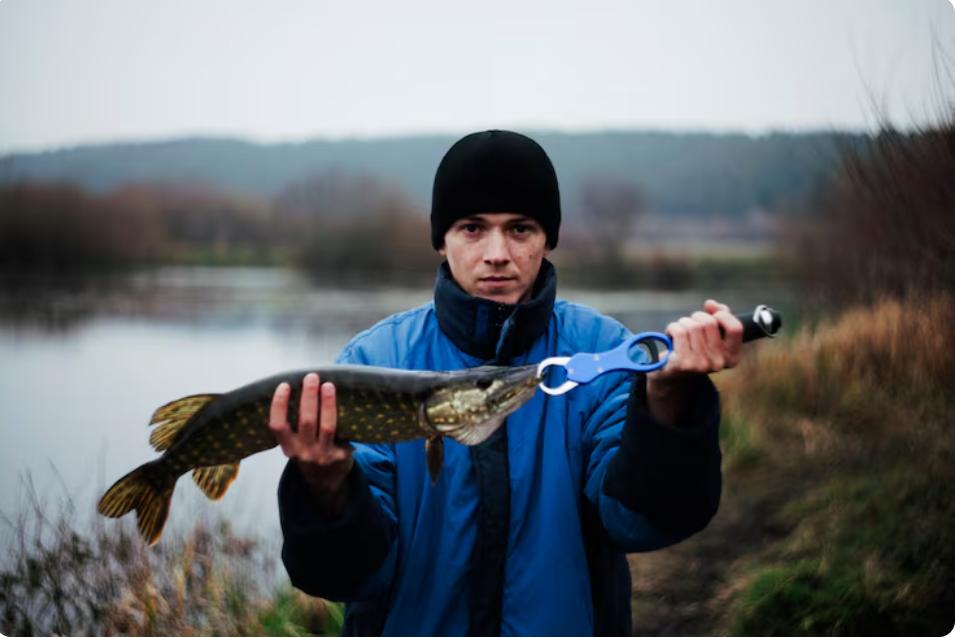Every angler dreams about that moment when the line goes tight and you realize there’s something substantial on the other end. Trophy trout don’t come easy, and they certainly don’t come from the waters everyone’s talking about. The real giants swim in rivers that don’t make headlines, places where the right combination of food, habitat, and genetics create conditions for trout to reach extraordinary sizes.
I’ve spent years chasing these fish, and I can tell you that trophy trout fishing is as much about location research as it is about technique. You can be the best caster in the world, but if you’re fishing water that doesn’t hold big fish, you’re just practicing. The secret rivers I’m about to share aren’t necessarily unknown, but they’re often overlooked by anglers who chase the famous names. Whether you’re staying at nearby tent campgrounds or lodges, positioning yourself close to productive water maximizes your chances during prime feeding times.
What Makes Trophy Trout Water
Before we dive into specific rivers, it’s worth understanding what creates trophy trout conditions. Big trout need abundant food sources, stable water temperatures, and enough depth or structure to provide security. Tailwaters below dams often check all these boxes, as do spring creeks with consistent flows and rich aquatic insect populations.
Temperature matters more than most anglers realize. Trout grow fastest in water that stays between 55 and 65 degrees Fahrenheit. Too warm and their metabolism burns through calories faster than they can consume them. Too cold and they become lethargic, feeding less and growing slowly.
The Bighorn River, Montana
While not exactly a secret, the Bighorn produces trophy rainbows and browns that many anglers never encounter because they fish the wrong sections at the wrong times. Below Yellowtail Dam, this river contains some of the highest trout biomass of any river in America. The number of fish over twenty inches per mile is staggering.
What makes the Bighorn special for trophy hunters is the sheer abundance of large fish. You’re not searching for needles in haystacks here. Multiple twenty-inch fish in a day isn’t lucky, it’s expected if you fish well. The key is getting away from the heavily pressured sections near the boat ramps and finding fish that haven’t seen every fly pattern imaginable.
The Delaware River, New York/Pennsylvania
East Coast anglers know the Delaware well, but Western anglers often dismiss it as second-tier water. That’s a mistake. The tailwaters below the reservoirs in New York’s Catskill region produce wild brown trout that exceed twenty-four inches with regularity. These aren’t stocked fish; they’re wild trout that have adapted to the cold, food-rich conditions.
The Delaware’s trophy potential comes from its prolific insect hatches and the large forage base. When you’re looking at proper techniques for targeting larger trout, understanding their feeding patterns becomes crucial. The West Branch is particularly known for large fish, though the fishing is technical and demanding.
The San Juan River, New Mexico
The San Juan’s quality mile holds approximately 60,000 trout per mile, and many of them are over sixteen inches. While the river sees significant pressure, the sheer number of quality fish means your odds of encountering something substantial remain high. Rainbow trout over twenty inches aren’t uncommon, and browns approaching thirty inches cruise these waters.
The San Juan’s productivity comes from its stable flows and incredible midge populations. These tiny insects hatch year-round, providing constant food sources. The fish are selective and educated, requiring precise presentations, but the rewards justify the technical demands.
Tactics for Trophy Trout
Catching big trout requires different approaches than fishing for average fish. Large trout are opportunistic predators that will eat substantial meals when available. Streamers, large nymphs, and nighttime dry flies often outperform small imitations when targeting true trophies.
Time of day matters significantly. Dawn and dusk see increased feeding activity, but don’t discount midday, especially on overcast days or during significant hatches. Large trout didn’t get large by being stupid; they feed when conditions favor them and rest when they don’t.
Reading Water for Big Fish
Trophy trout occupy different water than average fish. They need depth, current breaks, and nearby food sources. Look for deeper runs with complex currents, undercut banks with depth, and pools with structure. The obvious spots often hold fish, but the less accessible locations frequently hold the largest individuals.
Don’t overlook tailouts and transition zones where fast water meets slow. Large trout often hold in these areas, waiting for food to come to them while expending minimal energy. Having knowledge from outdoor recreation planning resources helps you identify productive water types and understand what makes quality trout habitat.
Equipment Considerations
Trophy trout demand appropriate tackle. Light tippets might work for average fish, but when you hook something substantial, you need equipment that can handle the fight. Five or six-weight rods provide enough backbone for larger fish while maintaining sensitivity for detecting strikes.
Don’t skimp on tippet quality. Large trout test knots and equipment in ways that average fish don’t. Fresh tippet, quality knots, and regular equipment checks prevent heartbreak when you finally hook that fish you’ve been chasing.
Patience and Persistence
Trophy trout fishing requires acceptance that you’ll have slow days. You might fish for hours without touching a fish, then connect with something that makes the entire day worthwhile. This isn’t numbers fishing; it’s quality over quantity, and that demands patience.
